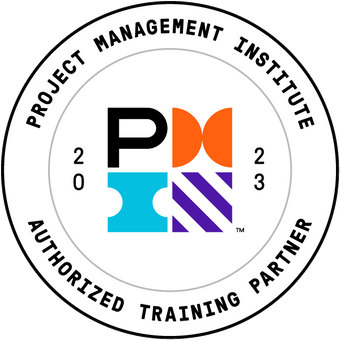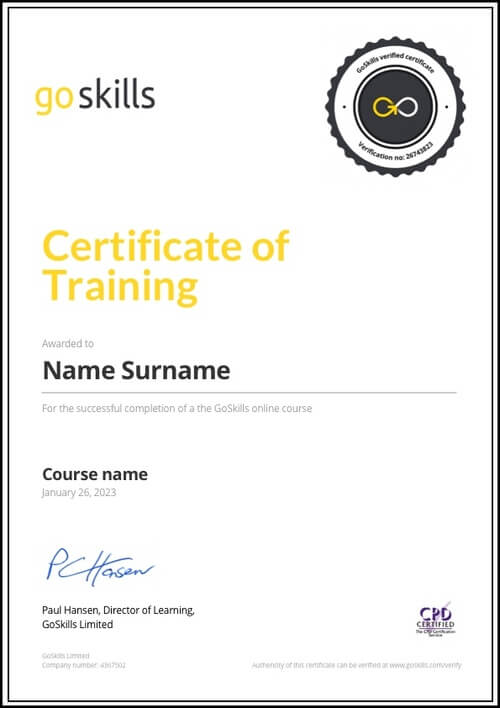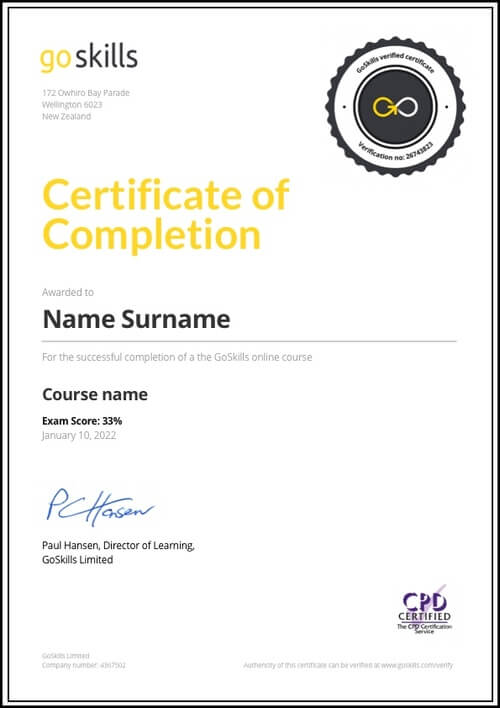Features
Premium video tutorials
Award-winning instructors
Personalized learning
Get certified
Learn at your own pace
Mobile (learn on-the-go)
Unlimited tests and quizzes
Regularly updated content
Overview
Tailored towards operations managers seeking to boost their financial skills to improve their organization’s performance, this online course will help you understand how your decisions can improve efficiency, drive successful projects, and impact the financial performance of the business.
Highlights:
- 35 lessons
- Understand the fundamental financial concepts in business and their uses.
- Interpret data on financial reports and how these reports impact each other.
- Understand how budgets and estimates are used to plan and control costs.
- Utilize ratios and measures to gain insight into profitability and performance.
- Analyze cost behavior, track operational expenses, report on cost variance and forecast expenses.
- Delve into operations finance principles: product cost, inventory cost management, make versus buy
- Earn 14 contact hours or PDUs toward your project management education for certification with PMI.
The Finance for Operations Managers course builds on the 16 lessons from the Finance for Non-Financial Professionals course with an additional 19 lessons focused on Operations Managers.
Once enrolled, our friendly support team and tutors are here to help with any course related inquiries.

- 720p
- 540p
- 360p
- 0.50x
- 0.75x
- 1.00x
- 1.25x
- 1.50x
- 1.75x
- 2.00x
Summary
Instructor
Syllabus
Finance Fundamentals Free Lesson
1
Amount and Timing
There are two equally important attributes of every financial transaction, the amount and the date it occurred. Both are required for financial reporting and analysis.
2
Revenues and Profits
Revenue is the amount of money that a company receives for selling its goods and services. Profit is the amount of money that a company earns after it has paid all its expenses.
3
Cost and Investment
Both costs and investments result in spending money. Costs are spending money to run the business and investments are spending money to prepare for the future.
4
Operations and Ownership
Operating managers are responsible for managing the day to day business operations. Owners are ultimately responsible for success or failure of the business. Ideally these two groups are working closely together.
Financial Reports Free Lesson
1
Earnings Statement Part 1
The Earnings Statement is a financial report that shows business profitability over some time period.
2
Earnings Statement Part 2
The Earnings Statement is a financial report that shows business profitability over some time period. This lesson will focus on the revenue portion of the Earnings Statement.
3
Earnings Statement Part 3
The Earnings Statement is a financial report that shows business profitability over some time period. This lesson will focus on the expense portion of the Earnings Statement.
4
Balance Sheet Part 1
The Balance Sheet is the financial report that shows what the business is worth at some instant in time.
5
Balance Sheet Part 2
The Balance Sheet is the financial report that shows what the business is worth at some instant in time. This lesson will focus on the Asset side of the Balance Sheet.
6
Balance Sheet Part 3
The Balance Sheet is the financial report that shows what the business is worth at some instant in time. This lesson will focus on the Liabilities and Equity side of the Balance Sheet.
7
Cash Flow Statement Part 1
The Cash Flow Statement is a financial report that shows how well the company was able to convert business activity into cash over some time period.
8
Cash Flow Statement Part 2
The Cash Flow Statement is a financial report that shows how well the company was able to convert business activity into cash over some time period. This lesson will focus on sources of cash.
9
Cash Flow Statement Part 3
The Cash Flow Statement is a financial report that shows how well the company was able to convert business activity into cash over some time period. This lesson will focus on uses of cash.
10
Relationships Between Financial Statements
Each of the financial statements provides insight on an aspect of the business financial status and structure. These accounts across the statements are related, and changes to values will likely impact multiple statements.
Ratios and Measures
1
Profit Measures
When calculating profitability, the different profit measures provide insight into the most significant factors that are creating corporate profit or loss.
2
Return on … Ratios
Return ratios are normally used for comparing companies or comparing the past performance of a company with its present performance.
3
Working Capital Measurements
The working capital and turnover measurements are used by operations managers to track the efficiency of the operations.
Budgeting
1
Cost Account Characteristics
It is important to know what category of account you are working with when budgeting and tracking spending. The different categories of accounts behave differently so knowing which category you are working with will provide insight into the budgeting and tracking process.
2
Strategic Planning and Budgeting
Most businesses prepare a strategic plan that projects how the company will achieve or maintain a competitive advantage. It is used to guide the budgeting process.
3
Business Budgeting
Business budgets are the financial plan of the business. They are normally created for one year at a time and allocate the spending and revenue across business units, departments and accounts.
4
Estimating
Estimating is used when planning and budgeting business costs or revenues. The estimate needs to include both the amount and the timing of the transaction.
5
Capitalization and Amortization
Whenever a company purchases an asset with long term value, it must be capitalized. Every asset that is capitalized is then depreciated, which is special form of amortization.
6
Depreciation
If you capitalize a fixed asset, you are required to depreciate it on the business financial books.
7
Budget Baseline
Budget baselines should be used if costs must be controlled within a department or on a project.
Business Case
1
Developing a Business Case
The business case provides the business rationale, normally in financial terms, of why a project should be done.
2
Return on Investment (ROI)
Return on Investment is a financial calculation to determine whether the business benefit of an investment is worth the cost.
3
Payback Period
The Payback Period is a Return on Investment analysis that determines the amount of time needed to accumulate enough benefit to pay for the cost of the project.
Variance and Forecasting
1
Cost Behavior
The business financial system records costs based upon the cost account type. The costs are often accrued near the end of fiscal quarter or year.
2
Tracking Operational Expenses
Operational expenses are the normal costs of the business and are tracked by function and cost type. They are either reported as totals on a per unit (unit cost) basis.
3
Cost Variance Reporting
Cost variance reporting is the calculation and reporting of costs that are different than what was expected by the budget or standard.
4
Forecasting Expenses
Financial forecasts for the final cost of activities are created to allow activity managers to make wise business decisions. The approach used for forecasting should vary based upon the nature of the activities being forecasted.
Operations Finance
1
Product Cost
The business circumstances will dictate how best to analyse and assess product cost. Factors to consider are the manufacturing location, material and labor content, and product configurations.
2
Inventory Cost Management
Companies that manufacture products must manage their inventory to keep costs low but availability high.
3
Make versus Buy
Make versus Buy is a decision process to determine if a product, or part of a product, should be made by the company or by a supplier.
4
Productivity
Productivity is a term used to indicate improved efficiency which results in more output for the same input.





